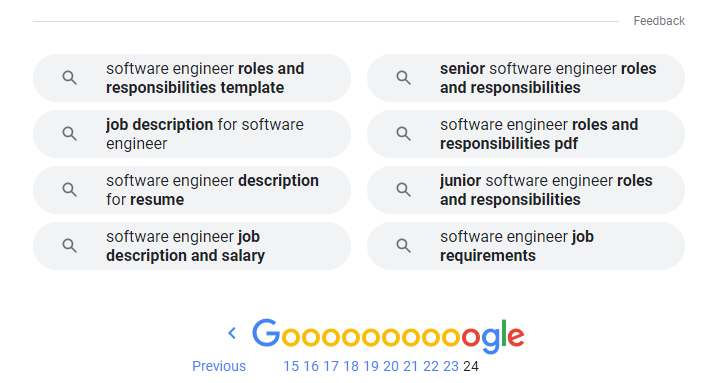 I have noticed on several occasions how companies work against themselves when attracting talent. It is at a point where I am frustrated for them, especially those who take recruitment marketing for granted. Specifically, I am referring to online job advertising. In my opinion, so many organizations get it wrong when it comes to how they describe the roles they are looking to fill. Often, the same four problems keep repeating themselves and they have become some of my biggest pet peeves. For the sake of my personal sanity and to do public service, please allow me to vent on what bothers me most about recruitment marketing.
I have noticed on several occasions how companies work against themselves when attracting talent. It is at a point where I am frustrated for them, especially those who take recruitment marketing for granted. Specifically, I am referring to online job advertising. In my opinion, so many organizations get it wrong when it comes to how they describe the roles they are looking to fill. Often, the same four problems keep repeating themselves and they have become some of my biggest pet peeves. For the sake of my personal sanity and to do public service, please allow me to vent on what bothers me most about recruitment marketing.
Pet peeve #1: Job descriptions that sound the same
All too often, job descriptions are built from generic templates, which is why they tend to all say the same thing. For example, I Googled the following phrase in quotes, “We are looking for a passionate Software Engineer” and refined the results to Verbatim to ensure I get the exact phrase.

As I scroll through the results, I get all the way to page 24 (240 results)

When I perform the same search on other search engines, I find…
- 38 results on Bing
- 35 results on Yahoo
- 41+ results on DuckDuckGo
Suggestion: Write original job descriptions so you will stand out to candidates.
Pet peeve #2: Boring job descriptions
Companies would be so better served if they just took the time to make their job descriptions more compelling. Simon Sinek is a British-American author, motivational speaker and organizational consultant. He is the author of four books, including "Start With Why." He has a very interesting viewpoint on job descriptions. Listen to his explanation on how to write the perfect want ad.
I like the idea of companies stretching themselves in writing their job descriptions but, I doubt many will do it convincingly. Why?
Pet peeve #3: Companies not knowing exactly what they want!
Some companies have an idea of who they want to hire but they don’t always translate that idea into an articulate vision, which opens the door to more problems. If you don’t have a detailed list of job duties and performance standards then, you will increase the chance of hiring an unqualified person for the role. Chances are the prospect won’t have the necessary skills or experience and it’s likely you won’t notice that until after they are hired. As a result, time and effort wasted on recruiting, onboarding, and training them as well.
But let’s not stop there, if the job description is not well-written then, how can the new hire know what is expected of them? For that matter, how can the manager accurately appraise their work in a performance review? And without a clearly defined job description, how can employees or managers figure out what training is needed to go to the next level?
There are times when I have been given job search advice, and, on several occasions, I have suggested that they should not take the job description for granted. Whenever possible, find someone on LinkedIn who had the role in the past for the same company and compare the job description with how the worker described their experience, in the same role. More often than not, that gives better insight into what the company genuinely wants from candidates.
All of those peeves, however, do not compare to what I feel is the greatest offense when it comes to online jobs.

Pet peeve #4: Companies throwing away money on bad job advertising
Despite technological advances, many companies still rely on a post and pray method of attracting talent. They post work requirements to multiple job boards with the hope that the right candidate will see it. For whatever reason, there is still so much ignorance around programmatic job advertising. With such technology, employers could manage, track and optimize the performance of their recruitment advertising in real time, focusing their money where it’s needed most to reach both active and passive job seekers across social media and an extensive network of job boards.
If this sounds like a complicated process and you don’t know where to begin, reach out to us. We are more than happy to help in all things attracting, recruiting and retaining talent.



